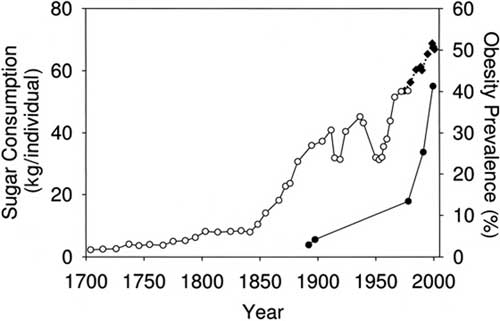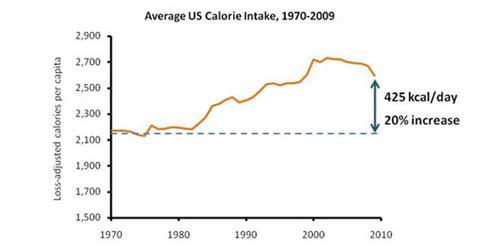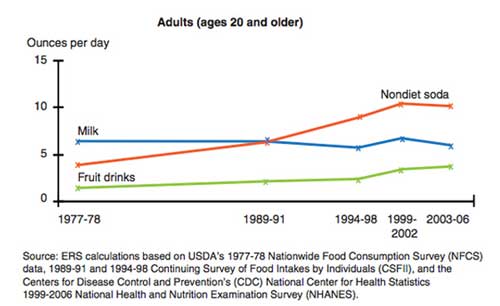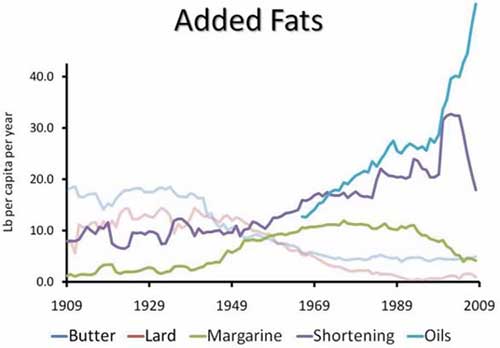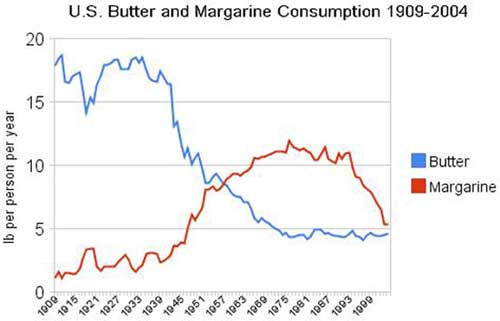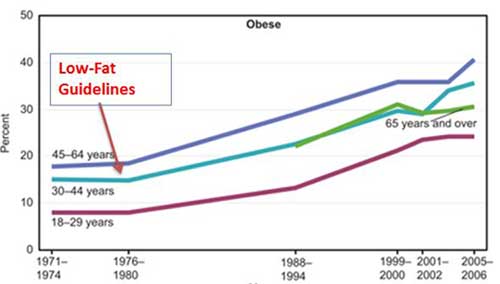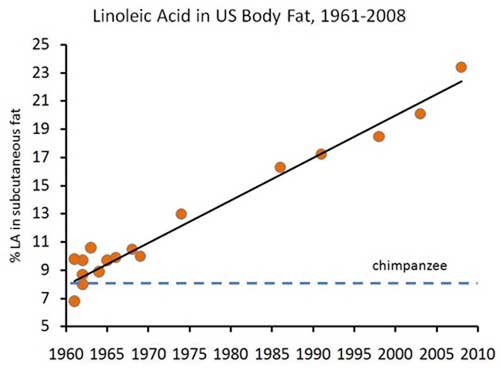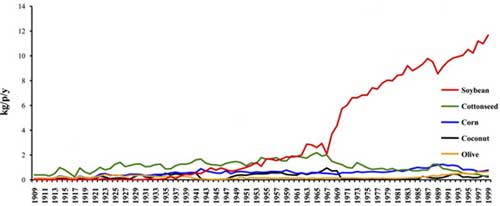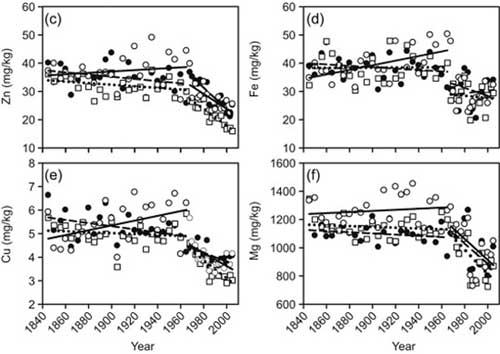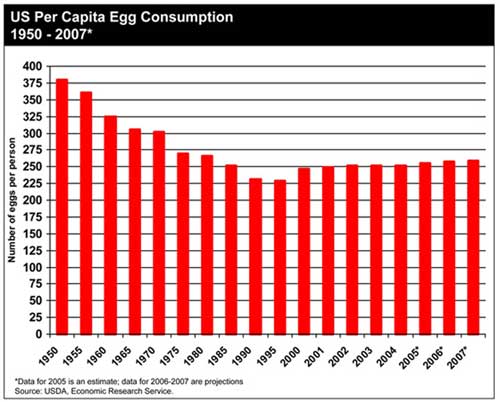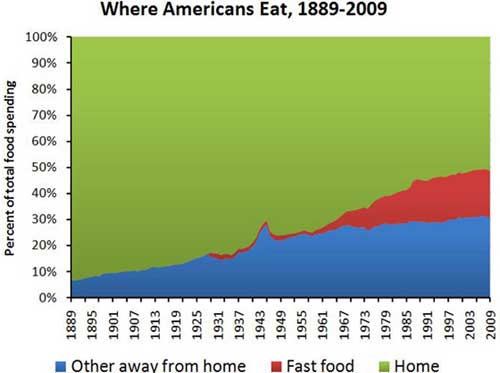The Most Dangerous Lies
You’ve Been Told About Bread
Is Bread Really the Staff of Life… or the Stuff of Disease?
The (Definitive) Answer Below…
——————————————————————–
Written by: Kelley Herring, Editor, Healing Gourmet
——————————————————————–
For most us, there are few foods more comforting than bread.
Fluffy biscuits, crusty baguettes, flaky croissants… even a simple slice of toast topped with melted butter can taste like heaven.
And that smell… few scents are quite as pleasant as fresh bread baking in the oven.
But there is a lot of confusion as to where bread fits into a healthy diet.
The Bible practically commands followers to eat it: “Give us this day our daily bread…” The government put it at the base of the food pyramid. And for centuries, it has been called “the staff of life.”
Of course, there are some who disagree…
Well-known cardiologist, Dr. William Davis, calls wheat “the perfect chronic poison.”
And for a poison, we sure eat lots of it…
The average American consumes 55 pounds of wheat flour every year, making refined flour the #1 source of calories in the American Diet – a situation that nutrition expert Chris Kresser describes as, “a public health catastrophe.”
So, what is the truth about bread and wheat?
- Is it the perfect poison… or an essential daily food?
- Is “gluten-free” bread better for you than regular bread?
- And can you still eat bread… while maintaining a lean body and optimal health?
The answers to these questions may surprise you!
So, let’s get right to it and discuss the 5 most dangerous lies you’ve been told about bread… and be sure to read #5 – the biggest surprise of all!
Loaf Lie #1: “Whole Grains & Whole Wheat are
an Essential Part of a Healthy Diet”
If you’ve set foot in a grocery store or read a newspaper in the last 50 years, you’re familiar with the message that whole grains are healthy… and the more you eat, the better off you’ll be.
This is a LOT more than a “little white lie” invented to sell cheap agricultural products at huge markups… it is the biggest health scam ever perpetrated on the public!
Of course, this message comes to you from the same corporate interests and government health nannies who urged you to replace farm-fresh butter with heart stopping trans-fat (in the form of industrially-manufactured margarine).
The truth is that there is nothing “essential” about whole grains. In fact, they are among the unhealthiest foods you can consume.
One of the most important reasons is that…
Whole Grains Spike Your Blood Sugar
You probably know that high glycemic foods cause a rapid rise in blood sugar and insulin.
This triggers a cascade of inflammation and increases your risk for cancer, Alzheimer’s, heart disease, fatty liver and diabetes.
And it doesn’t make you look very good either…
High insulin levels promote the storage “visceral” belly fat, which surrounds your organs and sends metabolic messages that promote disease.
High blood sugar also causes the formation of advanced glycation end-products (AGEs) – nasty little compounds that speed up the aging process and damage tissues (especially the skin, in the form of wrinkles and lost elasticity).
And guess what?
And it’s the specific TYPE of carbs in bread that are to blame.
About 75% of the carbohydrates in wheat are in the form of amylopectin A – a compound that is unique in just how rapidly it is transformed into glucose.
This is why wheat spikes your blood sugar higher than almost all foods – even when the same number of carbohydrates is consumed!
And that’s not all this health-harming carb can do…
“Heart Healthy” Whole Wheat… Causes Heart Disease!
The medical establishment has greatly exaggerated the role of cholesterol in heart disease.
But there is one type of cholesterol closely linked to this killer – small dense LDL particles.
A study published in the Journal of the American Medical Associationshowed that people with high levels of small dense LDL have a 300% greater risk of heart attack!
Many doctors believe it is the number one risk factor for heart disease in the U.S.
And guess what triggers these dangerous compounds to form more than any other food?
It is the amylopectin A found in wheat!
Think about that the next time you see the American Heart Association “Seal of Approval” on a package of whole grain bread.
And to think they recommend you eat this food AT LEAST three times per day!
In fact, if you are eating grains this often, it might not be your fault…
Are You High on Bread?
The Addictive Properties of Wheat
You’ve probably heard that sugar triggers the same pleasure centers in the brain as drugs of addiction. That’s why it can be so hard to “just say no” to sweet treats.
But wheat has drug-like properties even more powerful than sugar!
That’s because in addition to the rapid sugar rush wheat provides, it also produces specific compounds that bind to morphine receptors in the brain.
In addition to subtle euphoria, these opiates cause a repetitive cycle of cravings – for more grains!
It’s no wonder a study published in the journalPsychosomatic Medicine showed that people who eat wheat consume an average of 400 calories more per day.
So, let’s move on to the next dangerous misconception about bread (as well as cookies, crackers, cereal, pasta and cake)…
Loaf Lie #2: “Gluten-Free Bread is Healthier than Bread Made from Wheat”
If you’ve already given up traditional grain-based foods, you’ve made a wise decision!
But if you replaced these foods with their commercial gluten-free counterparts, reconsider.
You see, most gluten-free breads, cereals, pastas, crackers and cookies use ingredients that are not much better (and in some cases, worse) than those made with wheat!
Like any processed junk food, these products usually contain chemical preservatives, soy protein, dough conditioners, industrial seed oils, corn and rice syrup… and often, GMOs.
And that’s not all, because…
The Ingredients in Most Gluten-Free Products Will Also Send Your Blood Sugar Soaring!
In place of wheat flour, most gluten-free products – and many online recipes for that matter – use flours with glycemic values that are off the charts, including:
- Corn Starch
- Rice Flour
- Potato Starch
- Tapioca Starch
- Sorghum flour
- Millet
Here’s what Dr. William Davis, author of Wheat Belly, has to say about these unhealthy alternatives…
“These powdered starches are among the few foods that increase blood sugar higher than even whole wheat. It means these foods trigger weight gain in the abdomen, increased blood sugars, insulin resistance, diabetes, cataracts, and arthritis. They are NOT healthy replacements for wheat.”
Take a look at how some common gluten-free foods impact your blood sugar…
It should come as no surprise that…
Most people GAIN WEIGHT on a gluten-free diet. In fact, one study showed that 81% of people who adopted a gluten-free diet had gained weight after two years!
You should also know that…
Some Gluten-Free Products Contain 90 Times More Arsenic Than the EPA Allows for Drinking Water!
Of course, you know that arsenic is a deadly poison…
But you might not know that many gluten free baked goods contain potentially toxic levels of it!
The problem comes mostly from brown rice flour and brown rice syrup, often major ingredients in gluten-free baking mixes, breads, crackers, chips and pasta.
In fact, analysis conducted by Consumer Reports showed that some popular gluten-free products contain up to 90 times the arsenic allowed in drinking water!
Of course, the same risk applies if you’re using brown rice products in your recipes at home.
Chronic arsenic exposure – even at very low levels – can lead to headaches, fatigue, brain fog and digestive issues… not to mention heart disease, cancer, respiratory illness and diabetes.
Keep this in mind the next time you hear that “gluten-free bread is healthier than bread made with wheat.”
Loaf Lie #3: “If You Don’t Have a Problem with Gluten, You Don’t Have a Problem with Wheat”
Most people are aware that a little protein in wheat can cause BIG problems for some people.
For those with celiac disease and gluten sensitivity (two completely different conditions), even a small amount of gluten can cause serious digestive problems… systemic inflammation… autoimmune disease… and the list goes on.
At least 300 health-related issues have been linked to gluten.
But here’s the thing…
Gluten is a REAL Problem…
But the Problem is NOT Just Gluten!
Most doctors (mistakenly) believe that any problems with wheat are problems with gluten. In other words, if you don’t have a problem with gluten… you don’t have a problem.
However, the protein we call “gluten” actually consists of hundreds of smaller compounds. Any ONE of these could trigger an inflammatory or immune response.
And that’s not even a fraction of the whole story, because…
According to a study published in Plant Physiology, modern wheat is capable of producing at least 23,788 unique proteins!
This would explain the studies where people have shown a severe reaction to wheat – and no reaction at all to gluten itself, even in high doses.
The problem is that conventional lab testing looks for just two antibodies related to gluten.
If you test negative for these two, most doctors will give you a clean bill of health – and probably tell you that any symptoms you’re experiencing are “all in your head.”
But science has found numerous compounds in grains – besides gluten – which can cause serious long-term health issues…
The Powerful Chemical in Wheat
That Protects it from Being Eaten
Unlike animals, plants cannot escape being eaten. That’s why many plants have defenses to discourage predation. Thorns on a cactus are an obvious example.
But wheat and grains have defenses too, including compounds which can deprive you of vital nutrients and slowly leak out toxic effects. (This is called a HINT!)
One of these is wheat germ agglutinin (WGA).
Studies show that WGA can have direct toxic effects on most tissues in your body, including the heart and brain.In fact, it enters the brain so easily that scientists are hopeful it can be used to deliver Alzheimer’s drugs.
Like gluten, WGA can also disrupt your hormonal system, weaken immunity, cause digestive problems and promote systemic inflammation (the cornerstone of degenerative disease).
And the highest concentrations of it are found in whole grains – including supposedly “healthy” sprouted grains!
Loaf Lie #4: “If Wheat Doesn’t Cause You
Digestive Distress, then it’s Safe to Eat”
When some people eat the tiniest bit of wheat or gluten, they can be doubled over in pain or running to the bathroom within minutes.
In a way, these people have an advantage… at least they can identify the problem and its source.
But just because you feel fine after eating a bagel, doesn’t mean it is not damaging your body.
What You Don’t Know (or Notice) Can Still Hurt You…
Studies show that even if you are NOT “gluten intolerant” these foods can cause inflammation and perforations in the gut – allowing unwanted substances to “leak” into your bloodstream.
And you might not feel the slightest gurgle in your belly. In fact, almost 50% of newly diagnosed celiac patients have no noticeable abdominal distress.
Yet, with each bite you are causing damage to nearly every tissue, system and organ in your body.
Here are just a few of the symptoms this can cause:
- Headaches and fatigue
- Chronic sinus issues and lowered immunity
- Arthritis, bone and joint pain
- Nutrient deficiencies, and
- A VERY long list of skin conditions, including everything from acne to wrinkles.
More troubling is that…
This Can Set the Stage for an
Astonishing Variety of Diseases
Research shows that wheat can trigger a variety of autoimmune conditions (where the body attacks itself), including: type 1 diabetes, rheumatoid arthritis, and multiple sclerosis.
It can also cause chronic disease…
The Journal of the American Medical Association published a report showing that gluten sensitive people who still consume grains increase their risk of death up to 75%!
The New England Journal of Medicine lists 55 conditions that can be caused by eating gluten, including:
- Cancer
- Heart Disease
- Osteoporosis
- Irritable Bowel Disease
- Inflammatory Bowel Disease
- Fibromyalgia & Chronic Fatigue
- Thyroid disorders
- Anemia
- Epilepsy
- Canker Sores
- Lupus
And it doesn’t just affect your body…
Bread Madness:
Don’t Destroy Your Brain with Grain
More than 50 years ago, doctors discovered that some mental patients made spontaneous recoveries when bread was not available to them.
The term “bread madness” was even coined to describe schizophrenia.
Recently, doctors at Duke University reported on a woman who had a 50-year history of delusions, hallucinations and suicide attempts. Within a week of stopping wheat, her symptoms disappeared!
Now, I’m sure you’re perfectly sane…
But if you (or someone you know) has ever suffered from depression… insomnia… anxiety… dementia… or nearly any other psychiatric or neurological condition – there’s a good chance a grain-free diet would help.
Follow me:
www.twitter.com/ratherbehealthy
https://www.paypal.com/uk/webapps/mpp/home
If you’d like to help me as I am now disabled and operate this site on my own then please consider donating, in case it doesn’t show properly, my email is stef.cairns@yahoo.com
 Due to biochemical reactions in your body that occur with every type of food you eat on a daily basis, some foods age you FASTER than your real age, while other foods help to FIGHT aging.
Due to biochemical reactions in your body that occur with every type of food you eat on a daily basis, some foods age you FASTER than your real age, while other foods help to FIGHT aging.


